The link between sleep and back pain
Back pain is common; so common in fact, that an estimated 84% of people worldwide will experience it at some point in their lives (Fujii & Matsudaira, 2013).
In the past, the treatment of low back pain (LBP) leaned heavily upon identifying and ‘fixing’ a physical structure that was thought to be the sole cause of the pain. Recently, there has been a big shift in thinking. New research looking into pain, has found that the way we are feeling, how much sleep we have had and how we live our lives, can have a drastic impact on pain intensity and duration (Nijs et al., 2018).
In its acute form, pain enables us to identify potentially harmful stimuli. As such, it acts as a protective measure, while damaged tissue heals. However, it is important to understand that pain does NOT always equal damage. In the case of persistent back pain, that is back pain that has lasts longer than 6 weeks, the pain experienced is almost certainly not due to damage but due to an increased sensitivity of the bodies nervous system (Arendt‐Nielsen et al., 2018).
This increased sensitivity, also know as central sensitisation, is a result of a larger response from specific nerves within our bodies. In other words, it takes much less for these nerves to activate, and the signals they send are much stronger. This large response from the nerves is interpreted by the brain and output as a greater amount of pain (Arendt‐Nielsen et al., 2018).
This kind of pain response may happen in both acute and persistent pain cases, however is particularly important to consider in pain that is occurring well after any damaged tissues would have healed as recent high-quality evidence has shown that environmental and contextual factors play a big role in how sensitive the nervous system may be on any given day (Nijs et al., 2021).
One of these factors that is an often-overlooked, is sleep. While many realise that being in pain can cause poor sleep, studies now show that poor sleep among people without any pain at all also increases their risk of developing pain. Sleep is one of the biggest modifiable lifestyle factors that can cause, prolong and exacerbate both acute and persistent low back pain (Shilabant et al., 2017). Furthering this, sleep quality appears related not only to pain intensity but also to a wide range of patient mood and function factors (Gerhart et al., 2017). The mechanism behind which sleep desensitises the central nervous system is not yet fully understood. Regardless, it is evident that restorative sleep is a key factor in the management of persistent low back pain.
With all this being said about how important sleep is for the management of persistent back pain, here are a few tips to give yourself the best chance at a good night’s sleep:
Keep stimulants such as caffeine, nicotine and alcohol to a minimum. The most important time to minimise these are 4-6 hours before bed.
Avoid naps during the day, and especially not after 3pm.
Get into a routine: getting up at the same time each morning and going to bed at the same time each night (even on the weekend) improves the quality of your sleep.
Have a buffer zone of 1-2 hours between any stimulating evening activities and going to bed. During this wind-down time turn off computers and electronic devices. Light from these devices suppresses melatonin and will affect sleep.
Undertake relaxing activities like watching pleasant TV programs, reading, listening to music, chatting, reading magazines, having a warm bath or shower, or drinking a warm non-caffeinated, non-alcoholic drink. Have hot milk before bed - a brain trigger for sleep.
Keep your bedroom cool: around 18° is optimal for most people.
Don’t spend your day in your bedroom etc. studying or watching TV – bedroom is for sleep and intimacy only.
If you are lying awake feeling frustrated, then get out of bed and do something relaxing until you feel more ready for sleep. Keep the lights dim.
If you wake up in the middle of the night, don’t turn on your screen – read, stretch, focus on your breathing or even try and contract and relax your facial muscles in turn - this is still a form of rest
Seeking professional help from a sleep specialist or clinical physiologist is highly recommended for people experiencing ongoing sleep issues.
By Sophie Chapman, Physiotherapy student at Exercise Thought
References:
Arendt‐Nielsen, L., Morlion, B., Perrot, S., Dahan, A., Dickenson, A., Kress, H., Wells, C., Bouhassira, D., & Mohr Drewes, A. (2018). Assessment and manifestation of central sensitisation across different chronic pain conditions. European Journal of Pain, 22(2), 216–241. https://doi.org/10.1002/ejp.1140
Gerhart, J. I., Burns, J. W., Post, K. M., Smith, D. A., Porter, L. S., Burgess, H. J., Schuster, E., Buvanendran, A., Fras, A. M., & Keefe, F. J. (2017). Relationships Between Sleep Quality and Pain-Related Factors for People with Chronic Low Back Pain: Tests of Reciprocal and Time of Day Effects. Annals of behavioral medicine : a publication of the Society of Behavioral Medicine, 51(3), 365–375. https://doi.org/10.1007/s12160-016-9860-2
Nijs, J., Mairesse, O., Neu, D., Leysen, L., Danneels, L., Cagnie, B., Meeus, M., Moens, M., Ickmans, K., & Goubert, D. (2018). Sleep Disturbances in Chronic Pain: Neurobiology, Assessment, and Treatment in Physical Therapist Practice. Physical Therapy, 98(5), 325–335. https://doi.org/10.1093/ptj/pzy020
Nijs, J., George, S.Z., Clauw, D.J., Fernández-De-Las-Peñas, C., Kosek, E., Ickmans, K., Fernández-Carnero, J., Polli, A., Kapreli, E., Huysmans, E., Cuesta-Vargas, A.I., Mani, R., Lundberg, M., Leysen, L., Rice, D., Sterling, M., & Curatolo, M. (2021). Central sensitisation in chronic pain conditions: latest discoveries and their potential for precision medicine. The Lancet Rheumatology 3, e383–e392. doi:10.1016/s2665-9913(21)00032-1
Shilabant, S. S., Peiheng, H., Long, J., Li, Z., Fuxin, W., Wang, J., . . . Zhaomin, Z. (2017). Interplay among pain intensity, sleep disturbance and emotion in patients with non-specific low back pain. PeerJ, doi:http://dx.doi.org.ez.library.latrobe.edu.au/10.7717/peerj.3282

